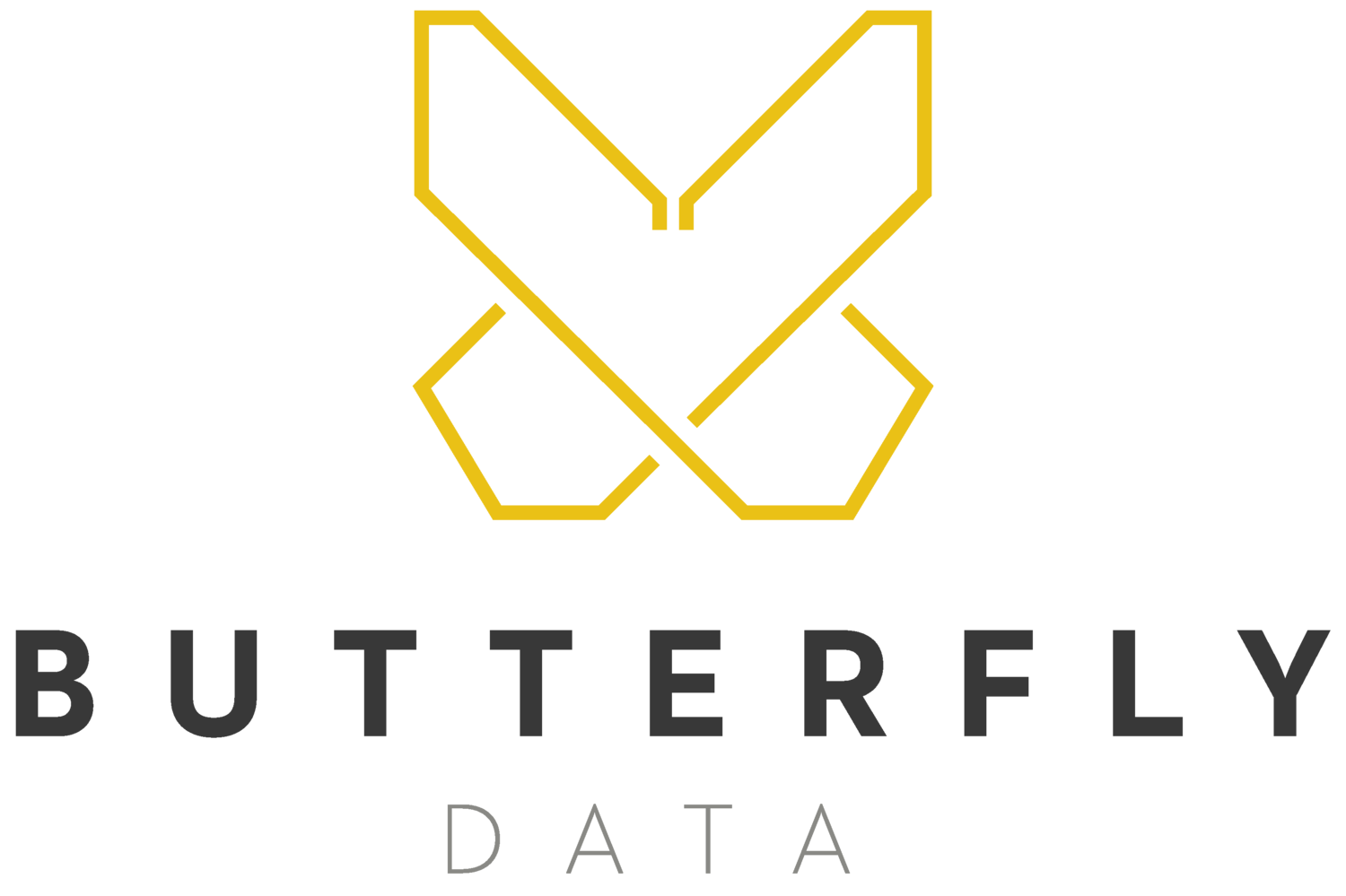
Data Transformation
-
It is the process of transforming, cleansing, and organising data so that it can be evaluated to enhance decision-making processes and drive an organization's growth. Most data integration and data management activities, such as data wrangling and data warehousing, require it. Furthermore, data transformation is one component of harnessing this data because, when done correctly, it ensures that data is easy to access, consistent, secure, and ultimately trusted by the intended business users.
-
Data transformation operations are often handled by data engineers and analysts. It lets a developer to convert between XML, non-XML, and Java data formats, allowing for the quick integration of heterogeneous applications regardless of data type. Engineers identify the source data, decide the needed data formats, do data mapping, and carry out the actual transformation process before storing and using the data in appropriate databases. In general, the process comprises discovery, mapping, code production, execution, and finally review.
Benefits and values generated
Companies of all sizes need to evaluate data for a variety of business processes, ranging from customer service to supply chain management. They also require data to feed their enterprise's growing number of automated and intelligent systems. As a result, data transformation is an essential component of an organisational data programme as it provides the following benefits.
-

Getting the most out of data
-

Improving data organisation and data management
-

Less resources required to manipulate data
-

Fewer errors, such as missing values
-

Performing quicker searches
-

Improving data quality
What are the various process involving data transformation?
-
This approach collects data from numerous sources and maintains it in a single format.
-
This method aids in the creation of an efficient data mining process. In data transformation attribute creation or feature construction, new attributes are built and added from a given collection of attributes to assist the mining process.
-
This approach is used to construct interval labels in continuous data in order to improve its efficiency and ease of analysis. This approach use decision tree algorithms to convert huge datasets into category data.
-
The process of developing successive layers of summary data in an evaluational database in order to gain a more thorough understanding of a problem or scenario. (For example, transforming data from numerous brackets separated by age into the more generic "young" and "old" characteristics to provide a more complete perspective of the data;
-
An essential phase in data pre-processing that includes merging data from several sources and giving consumers with an unified view of these data. It combines records from numerous tables and datasets and couples data from multiple tables and datasets.
-
The process of changing or altering data in order to make it more understandable and structured.
-
A technique for converting source data into another format that can be processed effectively. The basic goal is to reduce or even eliminate redundant data.
-
This method purges the data set of useless, noisy, or distorted data. Trends are most easily seen when outliers are removed.
Reach out to learn more and how to implement these processes
Several data transformation strategies are used to clean and arrange data before storing it in a data warehouse or analysing it for business intelligence. Not all of these strategies are applicable to all sorts of data, and in certain cases, more than one technique may be used.
Government
Finance



















